
Key Takeways
- A digital asset management (DAM) system eliminates scattered storage and siloed workflows by centralizing brand assets in one place. This improves team efficiency, reduces duplicate work, and ensures everyone is using the most up-to-date content.
- With features like smart tagging, version control, and integrations with tools like Canva and Slack, digital asset management platforms help teams launch campaigns faster and with fewer bottlenecks—saving both time and creative energy.
- BrandLife’s performance insights help teams understand which assets perform best, reducing time and money spent on low-impact content. Usage tracking and rights management ensure compliance and clean up expired or unused files.
- From remote collaboration to managing multiple sub-brands, BrandLife scales with your business. Features like brand portals, external sharing with controls, and automated workflows make it easier to grow without losing consistency or control.
For growing brands, one of the biggest challenges is maintaining consistency across all marketing channels.
With assets scattered across multiple platforms and departments working in silos, ensuring your brand's voice and visuals remain cohesive can feel like an uphill battle. Inconsistent branding not only confuses your audience but can also erode trust and hinder growth.
A digital asset management (DAM) system effectively addresses this challenge by centralizing all your brand assets in one location, ensuring that every team member has access to the latest, most accurate content.
It also fosters collaboration, enhances productivity, and enables your team to scale more efficiently.
Let’s explore how adopting a digital asset management system like BrandLife can transform the way your brand manages its digital assets.
What is a Digital Asset Management System?
Why Digital Asset Management Matters for Brand-Driven Teams
For brand-driven teams, consistency is everything. Every asset—be it a logo, marketing campaign, or product photo—needs to align perfectly with the brand’s established guidelines.
It’s crucial in shaping customer perception, building brand loyalty, and ensuring a seamless brand experience.
A digital asset management system is invaluable in this regard, as it centralizes all brand assets, making it easier for teams to manage, collaborate on, and ensure that only the right assets are being used at every touchpoint, both internally and externally.
Let’s explore the various benefits a digital asset management system has to offer.
1. Centralized access to all brand assets
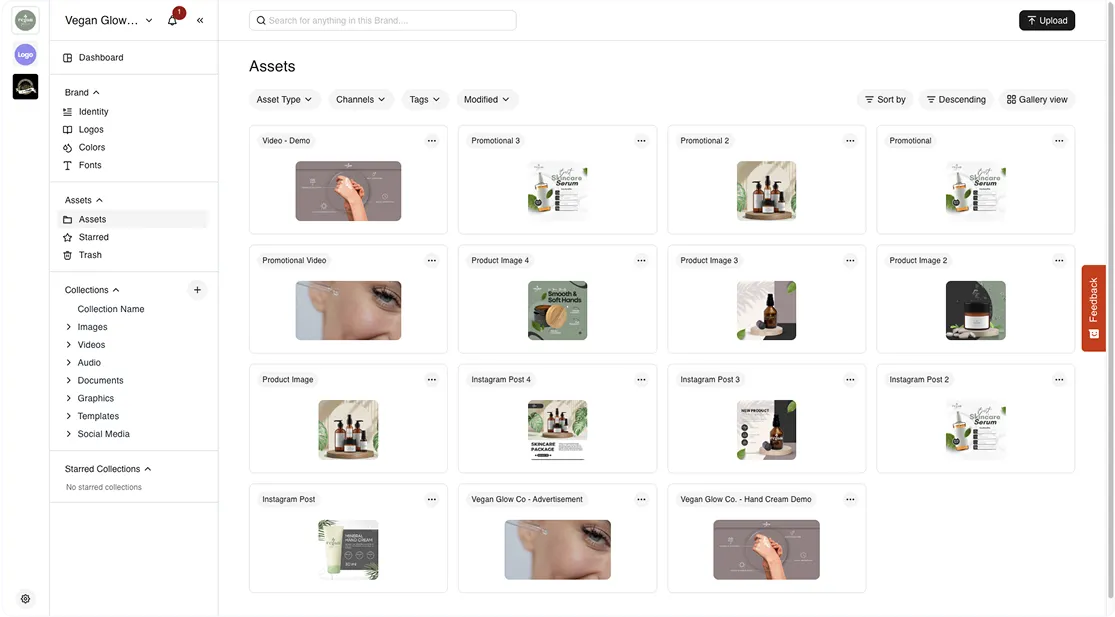
Without digital asset management software, brands often rely on makeshift tools like Dropbox or Google Drive, resulting in scattered files and disorganized storage. This inefficiency can lead to teams spending a significant amount of time searching for the right assets.
A digital asset management system centralizes all your brand assets, offering a single, easily accessible location for everything—from logos and marketing materials to videos and images. This eliminates silos between teams, ensuring everyone has access to the latest version of every asset.
2. Faster asset discovery with tagging and filters
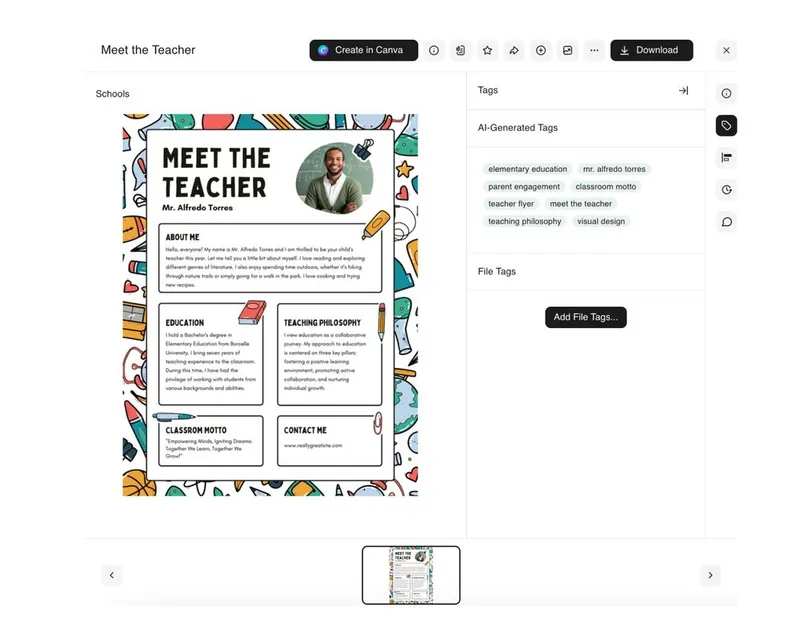
As brands grow, managing an ever-expanding library of content becomes increasingly challenging. For example, if your digital assets are stored on a platform like Google Drive, it can be difficult to organize and search your folders by asset type, keywords, or metadata.
However, a digital asset management platform like BrandLife simplifies this process. It uses AI-powered search and tagging to ensure that assets can be found quickly through filters, keywords, or metadata. Now, you can instantly locate exactly what you need.
3. Stronger brand consistency across all touchpoints
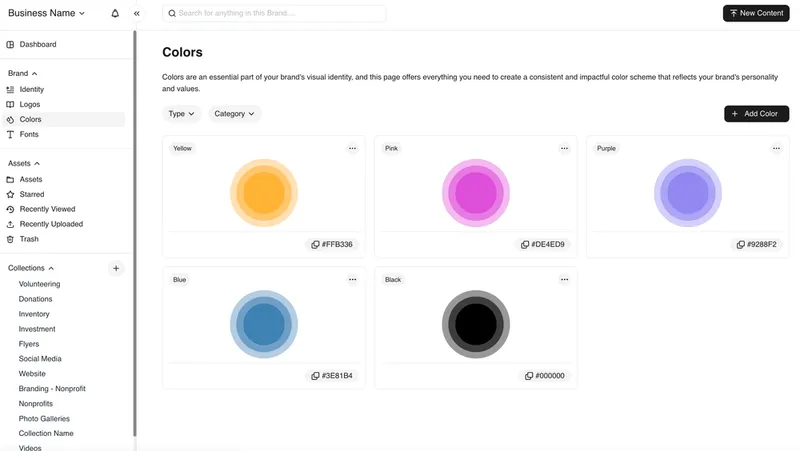
Brand consistency is vital for building customer trust. 71% of customers need to trust a brand before making a purchase. This highlights the importance of maintaining uniformity across all marketing channels to foster trust and shape the right brand perception.
BrandLife makes it easy to maintain this consistency by offering a brand portal, where you can upload all your brand guidelines, identities, colors, fonts, and typography. This ensures that your creative team always has access to the latest, most accurate brand assets, leaving no room for ambiguity.
4. Easier collaboration for remote or cross-functional teams

Remote work and cross-functional teams are becoming the norm, and collaboration can often become challenging when teams are working with disjointed tools. A digital asset management system like BrandLife makes collaboration between different departments and teams much easier.
With features such as real-time commenting and approval workflows, team members can provide feedback and approve assets directly within the system. This eliminates the need for cumbersome email threads or disparate file-sharing platforms.
Furthermore, collaborative teams can be up to 25% more productive, highlighting the power of teamwork in driving efficiency.
5. Streamlined workflows with versioning and approvals

Version control and approval workflows ensure that your team is working with the latest versions of creative assets. According to McKinsey's State of Organization 2023 report, 28% of respondents identified unclear processes, while 40% pointed to unclear roles and responsibilities as key barriers to organizational efficiency.
BrandLife simplifies this with automatic versioning to track changes, allowing you to quickly revert to earlier versions when needed. Additionally, the built-in approval system ensures that only authorized assets are used, maintaining brand consistency across all touchpoints.
6. Smarter content reuse and repurposing
Repurposing content can save time and resources, but it requires that existing assets are well-organized. With a digital asset management system, it’s easy to identify assets that can be reused for different projects or campaigns.
For instance, you might repurpose an image or video for both social media and email marketing. BrandLife built-in analytics helps identify the right assets for reuse, making content repurposing much more efficient.
7. Built-in rights management and usage tracking
Licensing and usage rights are often an afterthought, until something goes wrong. BrandLife makes it easy to stay compliant from the start with built-in rights management and intelligent usage tracking.
With a good digital asset management solution, you can set role-based access controls to ensure the right teams see the right files, and automate asset expiry and archiving based on licensing terms. This not only protects your brand from misuse but also keeps your library clean and current.
8. Faster time-to-market for campaigns and conten
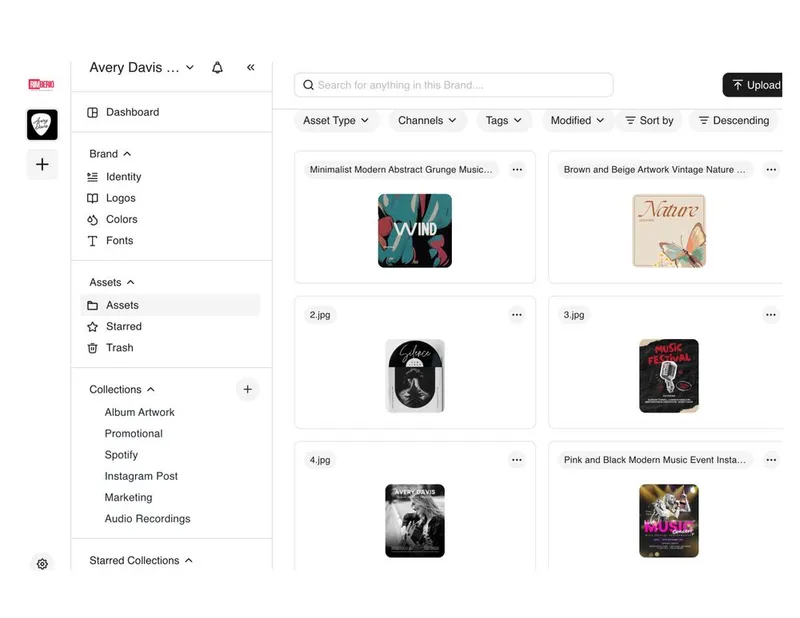
When your team can instantly find the right assets, campaigns move from concept to launch in record time.
A digital asset management platform centralizes all your creative files—logos, templates, videos, and more—in a structured, searchable library. No more hunting through email threads or cloud folders. Teams can find the right asset, the first time, and go live with confidence.
9. Measurable performance insights
Not all assets perform equally, but without analytics, it's hard to know which ones drive results and which waste resources.
BrandLife’s built-in analytics show you exactly how your assets are performing across teams and campaigns. From views and downloads to edits and interaction rates, you will know which assets are driving value and which ones are being ignored.
Go deeper with metrics like monthly active assets, engaged users per account, and new assets added, giving your team a clear picture of content health and usage trends.
These insights don’t just highlight wins—they help you reduce costs by avoiding duplicate or low-impact asset creation. With data-backed visibility, your team can invest in what works and sunset what doesn’t.
10. Scalable integrations with your martech stack

Your digital asset management platform should work with the tools your team already loves, not against them.
BrandLife offers seamless integrations with tools like Canva, enabling creative teams to design and edit assets directly within the platform. And, with support for platforms like Figma, Slack, Google Drive, and more, BrandLife fits naturally into your existing martech ecosystem.
These integrations keep your workflows connected, reduce context-switching, and make it easier to scale brand operations without adding friction.
How Digital Asset Management Helps Small and Mid-Sized Brands Scale Smarter
Scaling isn’t just about producing more content—it’s about maintaining control, consistency, and speed as your brand grows. For small and mid-sized teams, the pressure to deliver across channels with limited resources can quickly lead to disorganized assets, duplicated work, and brand inconsistencies.
One of the benefits of digital asset management is that it can scale efficiently with a centralized, easy-to-use platform that grows with your brand. Whether you’re managing a growing library of marketing assets, launching multiple campaigns, or collaborating across teams, it streamlines your content workflows so you can move faster—without losing control.
Key Features to Look for in a Digital Asset Management System
When choosing a digital asset management tool, it's essential to focus on the features that will support your team's specific needs. Here are the key features to look for in a digital asset management system to ensure optimal asset management and collaboration:
- Advanced search and tagging: AI-powered search and tagging capabilities help quickly locate assets using keywords, metadata, or visual recognition, saving valuable time.
- Version control: Ensure your team always works with the latest version of an asset by tracking changes and maintaining a clear history of edits.
- Role-based access and permissions: Customize user roles to control access to sensitive assets, ensuring security and compliance across teams.
- Integration capabilities: Look for a digital asset management solution that integrates seamlessly with your existing MarTech stack, such as tools like Slack, Google Drive, and Figma, to enhance collaboration.
- Analytics and reporting: Performance insights help you track asset engagement, optimize campaigns, and make data-driven decisions.
Bring Structure to Your Brand’s Content Chaos
A digital asset management system is a necessary tool for growing brands looking to streamline workflows, improve brand consistency, and boost productivity. By centralizing your digital assets, automating workflows, and improving collaboration, it helps brands manage their assets more efficiently and effectively.
Here’s how BrandLife’s digital asset management solution can bring efficiency to your brand management.
Brand guidelines portal

BrandLife lets you organize and manage multiple brands from a single platform. Its brand portal feature helps teams keep assets, guidelines, and campaigns distinct yet accessible—perfect for agencies or companies with sub-brands.
External link sharing
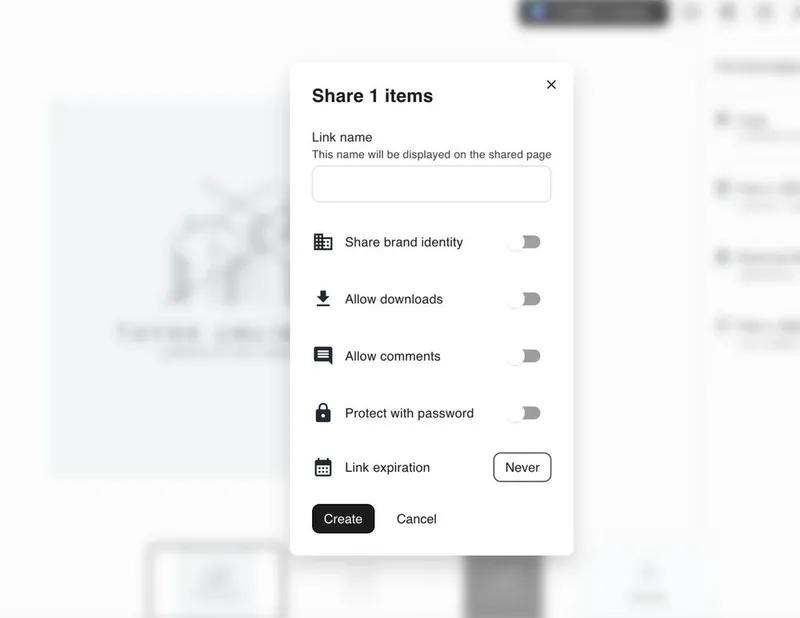
BrandLife makes it easy to share assets with external partners or stakeholders in just a few clicks. With optional expiration dates and access controls, it’s easy to collaborate without compromising security or brand consistency.
Automated workflows
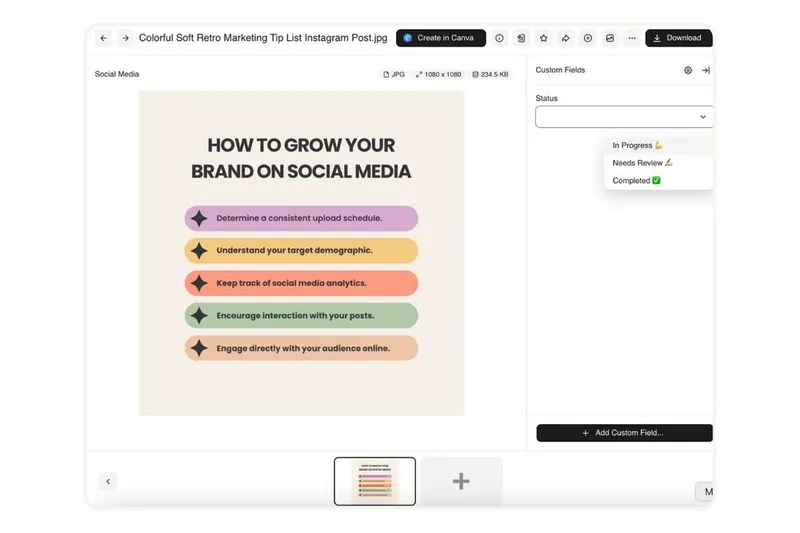
BrandLife speeds up routine tasks like asset approvals or version tracking with automated workflows. This ensures smoother handoffs, fewer delays, and more time for creative work.
Ready to bring structure to your brand’s content chaos? Sign up for a 14-day free trial and experience the benefits of a seamless, intuitive digital asset management system with BrandLife.
Frequently Asked Questions
A digital asset management tool like BrandLife helps streamline workflows, improve brand consistency, and maximize the return on digital content by centralizing assets, making them easily searchable and shareable.
Digital asset management improves collaboration by providing a centralized platform where teams can access, share, and provide feedback on assets in real-time. This reduces communication barriers, enhances workflow efficiency, and ensures everyone is on the same page.
DAM, or digital asset management, ensures brand consistency by centralizing all brand assets and guidelines in one place, making it easier for teams to access approved materials. It helps maintain uniformity across marketing channels and ensures that only the latest and most accurate assets are used.





